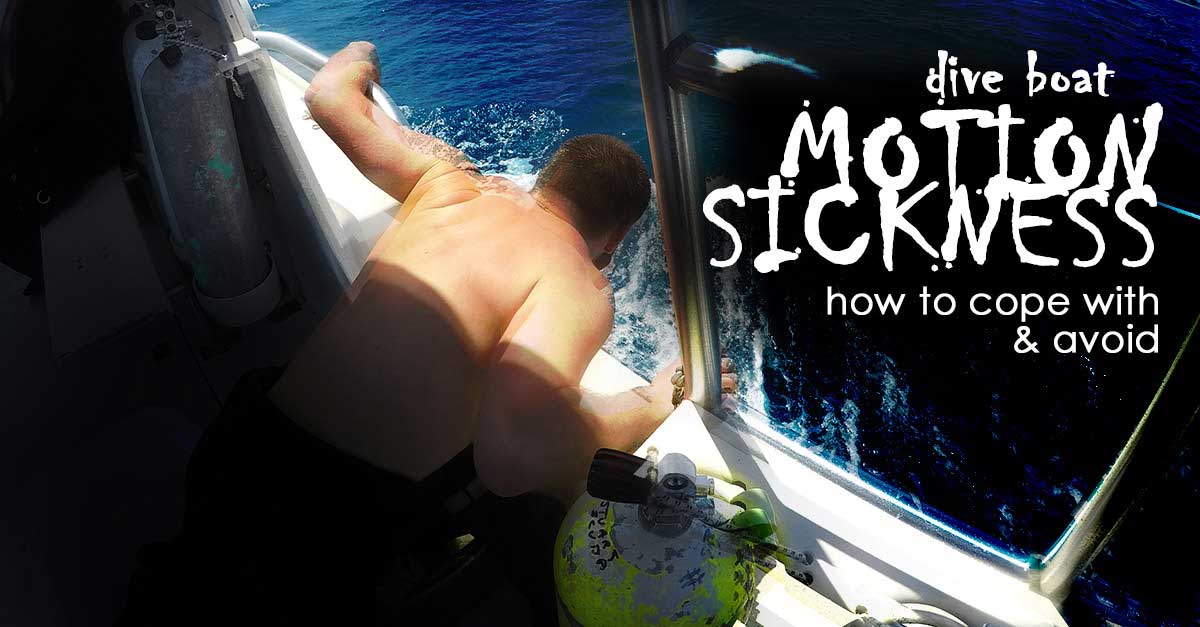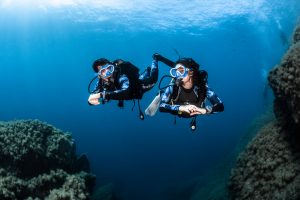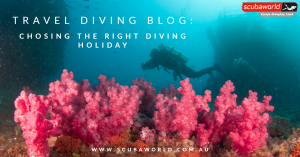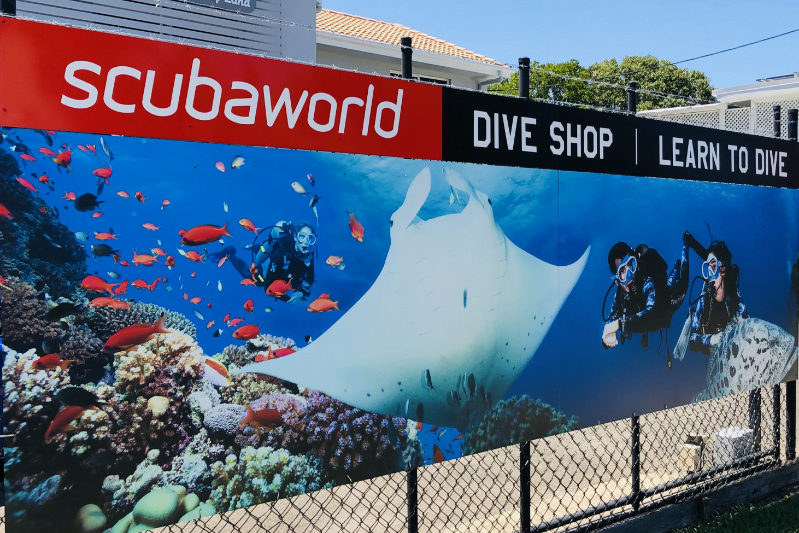Exploring History Beneath the Waves: The 5 Best areas on the ex-HMAS Brisbane Wreck
Diving enthusiasts and history buffs alike find themselves drawn to the captivating allure of shipwrecks.

By Ken Wishaw and Ben Wishaw
Ben Wishaw is a platinum diver and owner of Twin Waters Pharmacy and Ken Wishaw is a platinum diver and retired medical specialist.
This constitutes general advice only and does not replace individual medical or pharmacist advice.
Motion detection relies on integration of touch and pressure, what our eyes perceive, and signals from the balance organ in our middle ear.
Motion sickness occurs when we detect motion that is unusual or where the input from the above receptors does not agree.
Motion sickness is almost exclusively caused by vertical movement, particularly negative acceleration such as what you feel when a lift starts down or going over a speed bump. Such motion is rarely encountered in everyday life, so such movement is confusing to the brain.
The word nausea is derived from the Greek word for “ship.”
In the brain the vomiting centre and balance centre are adjacent. This in part explains why the unusual movements on a boat induces nausea and vomiting.
Here are some evidence based (as against anecdotal) tips, and medication advice to minimize seasickness.
Non-medication
Medications
There are an enormous variety of medications claiming to help with seasickness, many of which are unproven. Brand marketing is very confusing, so evidence based useful medications requires burrowing under the brand name and looking for the generic (scientific) name of the active ingredients. There is considerable variability in effectiveness, and side effects, so experimentation is necessary to find what works for you.
Additionally there is a large placebo effect. Some studies show up to 20% of subjects cure their motion sickness even when they have been given a pill with no active ingredients. The belief that they have been given something useful is sufficient to improve their motion sickness. This explains the high incidence of people anecdotally claiming a certain drug or device works for them even though scientific studies show that it has no effect, and provides a great topic for a heated debate!
Effective drugs
The two main groups of anti- seasickness drugs are anti-histamines and anti muscarinic drugs. I have listed the generic (scientific) name and at least one brand name.
Anti-histamines that have scientifically proven benefit are;
Anti Muscarinic drugs that have scientifically proven benefit are
Common side effects of these drugs include sedation, dry mouth and blurred vision. In high doses Hyoscine can, in some people, cause hallucinations, so it is recommended to try on dry land before using at sea.
Possibly effective drugs
Ineffective drugs
Travalcalm
There are so many versions of Travacalm, it needs special mention.
Hyoscine (scopolamine) patches
These are not available in Australia, but are highly effective. They have a sophisticated design, which provides a loading dose for rapid onset of effect and then a sustained release effect, which lasts up to 48 hours. Effectiveness is not dependent on where the patch is applied, except on the sole of the feet where the skin is too thick to penetrate. Blurred vision is extremely common if hands are not washed immediately after application due to the loading dose of drug in the glue.
Conclusion
What works for you may not work for someone else. It is a matter of individual trialling.
All effective medications have side effects, some of which can be dangerous at sea and especially underwater. It is prudent therefore to try these medications before venturing out to see what side effects occur.
Other measures
Acclimatization
Regular exposure to motion that created motion sickness decreases its incidence. Unfortunately taking motion sickness medication blocks this acclimatization.
When all else fails …….
Sit under a tree!
Diving enthusiasts and history buffs alike find themselves drawn to the captivating allure of shipwrecks.

Explore the underwater world of the Sunshine Coast with the expert guidance of our team

Diving holidays aren’t exactly cheap; most people don’t become divers for a cheap bit of

If you can’t find what you are looking for, complete the form below to ask a question




Copyright 2022 Scubaworld | Web Design Mindbomb